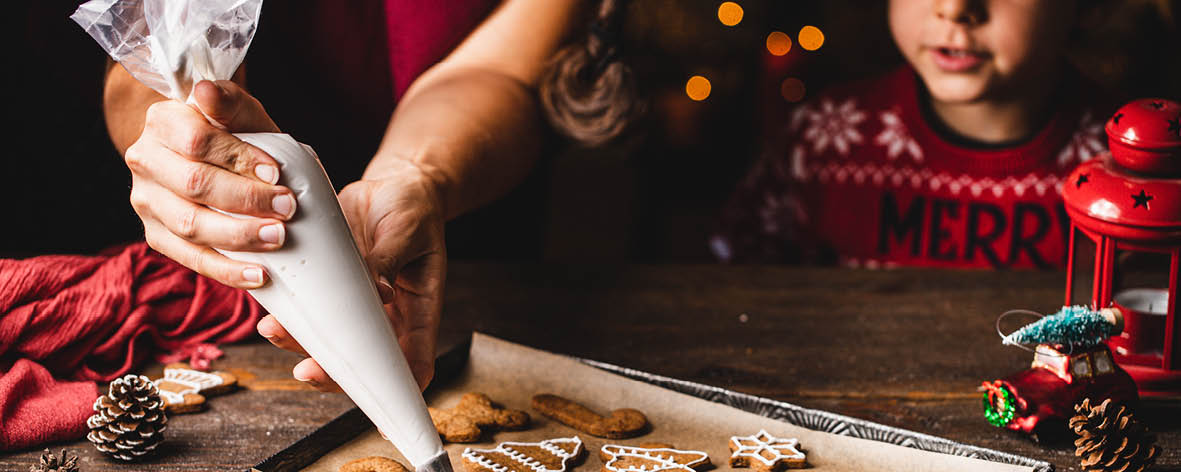Christmas food traditions … from Australia and the world

Christmas is fast approaching. It’s time to unpack the decorations, unfurl the tinsel and prepare for the “silly season”. Christmas is a time of celebration and tradition, with every home, country, and culture celebrating a little differently. Traditions around Christmas are varied, especially when it comes to food, so the “traditional” Christmas feast looks different from one table to the next, and from one country to the next.
In Australia Christmas is celebrated in summer and our “traditional” foods are reflective of that. Seafood is a must, especially prawns. This Christmas crustacean is beloved by most Australians and suits our climate perfectly, and prawns are also a great way to indulge without slaving over a hot oven in the Aussie heat. In Australia, we love an excuse to fire up the barbecue and a Christmas feast cooked on the barbie has become the norm for many Aussies. Fruit is also a huge part of a “traditional” Aussie Christmas. Cherries are in season and in abundance, and our desserts are often laden with fresh fruit, think trifle, fruit salad, and of course, pavlova.
While we’ve certainly got our own traditions (beach cricket anyone?), we’ve also borrowed a lot of our culinary Christmas traditions from around the world, after all, we are an incredibly culturally diverse country. We’ve adopted ham and turkey from the USA, Christmas pudding from the UK, panettone from Italy, gingerbread from Germany, lamb from the Mediterranean, and while very hotly debated, pavlova from New Zealand (you can have Russell Crowe, just give us the humble pav!).
Christmas traditions are a great part of the holiday season, so read on to find out more about food traditions (some very quirky) from across the globe.
Germany: Lebkuchen (Gingerbread)
Gingerbread has a deep historical connection with Christmas. It is thought, that as far back as the 17th century this cake-like biscuit was shaped into ornaments and used to decorate the Christmas tree. These sweet, gingery biscuits are a very typical Christmas treat in Germany.
France: Bûche de Noël (Yule Log)
Popularised in the 19th century this delicious spongey chocolate-covered cake hails from France. The Bûche de Noël is traditionally eaten in France, Belgium, Switzerland, and other countries colonised by the French. A chocolate sponge cake, layered with cream, rolled, covered in chocolate icing, and then decorated to resemble a Yule Log. The Yule log cake represents the Yule log burnt by families on Christmas Eve. Tradition and folklore suggest that the log would feed the fire for the 12 days of Christmas and is said to bring good luck and prosperity into the New Year.
Japan: Christmas Fried Chicken (KFC)
Yes, you read that correctly! It’s a Kentucky Fried Christmas in Japan. Japan has an incredibly small community of Christians, with only about one percent of the Japanese population identifying as Christian. Consequently, Japan has very few traditions linked to Christmas, except for KFC for Christmas which was created by Takeshi Okawara who managed the first-ever KFC restaurant in Japan in 1970. For the people of Japan, Christmas is more about festive fun than any spiritual meaning.
England: Mince Pie (also known as a fruit mince pie)
Originating in England, mince pies are a Christmas favourite with ingredients that can be traced back as far as the 13th century. Originally made from a mixture of dried fruits, spices, and beef suet, the mince pies of old are a bit different from the modern mince pie you find today.

